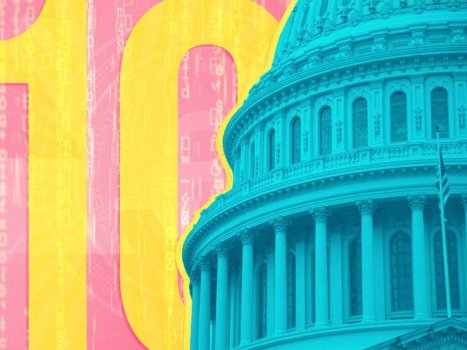In September 2020, the House of Representatives passed a bill known as the IoT Cybersecurity Improvement Act that requires all Internet of Things (IoT) government devices to meet minimum security requirements. Naturally, with everything interconnected, the need for a function improvement in the security of the networks that share information is much needed. Multiple reports have indicated that around 98% of traffic from IoT devices is unencrypted to this day, and obviously, this number should be close to zero. Security is of imperative importance for the services we plan to rely on in the coming years.
H.R.1668 – IoT Cybersecurity Improvement Act of 2020 has the potential to improve the security of IoT devices. This new law:
1. Requires the National Institute of Standards and Technology (NIST) to issue standards and guidelines for the use of IoT devices controlled or owned by federal agencies;
2. Directs NIST to consider relevant standards, guidelines, and best practices created by the private sector, agencies, and public-private partners;
3. Directs the Office of Management and Budget (OMB) to issue guidelines for every agency that is consistent with the NIST recommendations, including updating the Federal Acquisition Regulation;
4. Directs NIST to work with industry experts, cybersecurity researchers, and the Department of Homeland Security (DHS) to publish guidelines on security vulnerability about information systems controlled or owned by an agency (including IoT devices managed or owned by an agency), and the solution of such security vulnerability;
5. Requires any federal-owned IoT devices to comply with the NIST standards and guidelines; and
Continue reading: https://www.iotforall.com/top-10-things-you-should-know-about-the-us-iot-cybersecurity-improvement-act
H.R.1668 – IoT Cybersecurity Improvement Act of 2020 has the potential to improve the security of IoT devices. This new law:
1. Requires the National Institute of Standards and Technology (NIST) to issue standards and guidelines for the use of IoT devices controlled or owned by federal agencies;
2. Directs NIST to consider relevant standards, guidelines, and best practices created by the private sector, agencies, and public-private partners;
3. Directs the Office of Management and Budget (OMB) to issue guidelines for every agency that is consistent with the NIST recommendations, including updating the Federal Acquisition Regulation;
4. Directs NIST to work with industry experts, cybersecurity researchers, and the Department of Homeland Security (DHS) to publish guidelines on security vulnerability about information systems controlled or owned by an agency (including IoT devices managed or owned by an agency), and the solution of such security vulnerability;
5. Requires any federal-owned IoT devices to comply with the NIST standards and guidelines; and
Continue reading: https://www.iotforall.com/top-10-things-you-should-know-about-the-us-iot-cybersecurity-improvement-act

